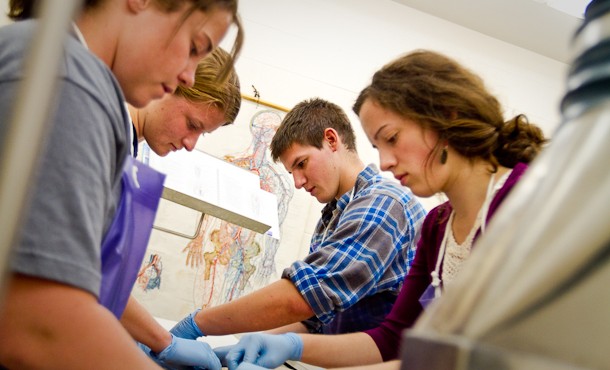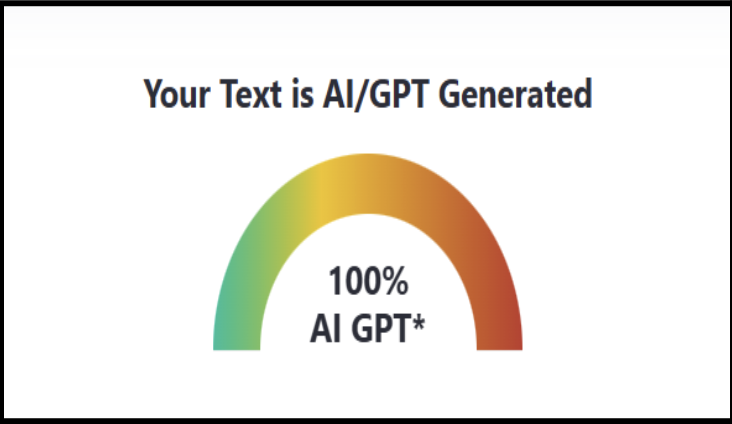Anyone who has taken a science course has been confronted with the daunting task of animal dissection. But a pair of rubber gloves will not provide protection from the harmful chemical fumes, and goggles will not shield the sight of a dead animal. According to www.peta.org, roughly 10 million animals are killed annually for lab dissections in the United States. Using animals in classroom dissections is an outdated practice that should be removed from the curriculum due to its ethical dilemmas. The inhumane treatment of animals in the dissection process poses many moral predicaments. Furthermore, the toxicity of the chemicals can create environmental and health issues. Also, advancements in the technological world provide new methods of educating lab classes.
Many students oppose the use of animals in science classes due to its infringement on animal rights. The entire process is an inhumane practice. During the accumulation stage, the majority of animals are taken from their wild habitats. In the wild, species such as frogs are declining at a rapid rate. The removal of these species can disrupt the harmony of an entire ecosystem. Investigations into biological supply companies have revealed excessive amounts of animal abuse. For example, rats are chemically treated while still alive, living frogs are piled into bags for weeks and cats are embalmed or put into gas chambers without being euthanized first. Although Calif. has passed a free-choice law that allows students to opt out of lab dissections due to personal views, there are many states that still require all students to participate in order to receive a passing grade.
“Not only are animal dissections unethical but they also promote the idea that humans believe that they are superior to everything,” said senior Katherine Rendon. “Dissections show that we have no respect for the environment or animals.”
Classroom dissections also pose substantial health and environmental hazards. While working with dangerous chemicals involved in the dissection process, students are exposed to a wide range of health risks. The preservation of animal carcasses entails the use of many toxic chemicals. The most common of these is formaldehyde, a carcinogenic preservative that has been linked to serious health issues. Students can experience dizziness, headaches, nausea and eye/nose/skin irritation after exposure to these chemicals. More serious health problems include cancer, respiratory disorders, birth defects and asthma attacks. The improper disposal of these toxic chemicals can also contribute to harmful environmental impacts. Runoff that contains these chemical compounds can poison other animals and vegetation.
Furthermore, the growing push for the integration of technology and education can provide a unique alternative to previous methods. Virtual dissections incorporate anatomical models and computer programming to create lifelike simulations. Realistic models and video demonstrations are additional techniques that relay the same information without having to take an animal’s life. Various studies and experiments regarding this technology prove that virtual dissection software is just as effective as traditional dissecting methods. Also, computer programs can be a more cost-effective procedure since they are reusable. Advancements in graphics and modeling prove that kill-and-cut methods of dissection are unnecessary and archaic.
The science education system is in need of reform. Whether a student is a vegan or an animal rights activist, lab dissections can be major sources of controversy. Save the animal dissections for those who study the medical field in college and beyond. In high school, there is no need to subject students to the cruelty of dissections when there are clear alternatives that are just as effective.








